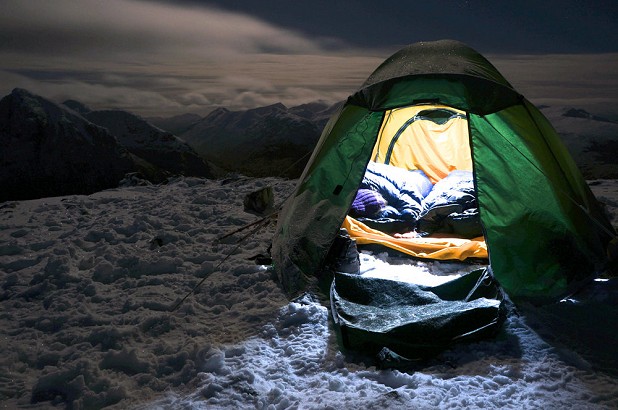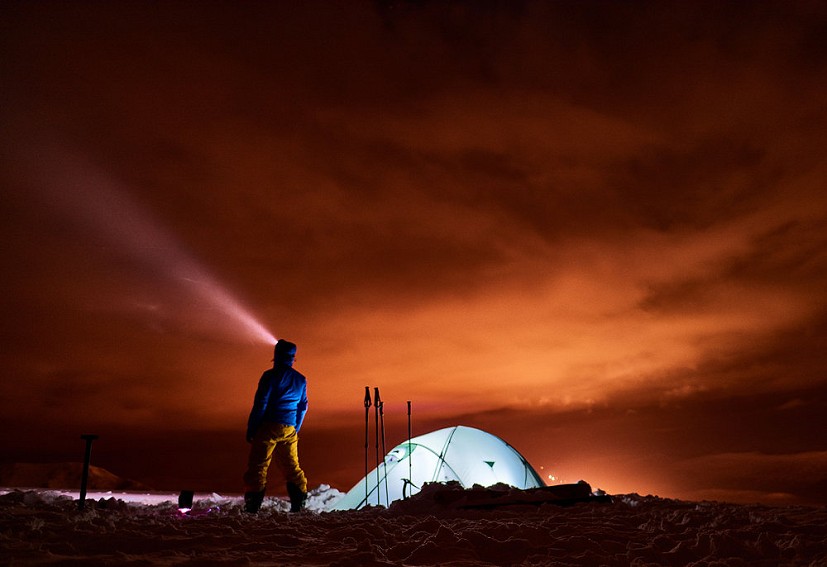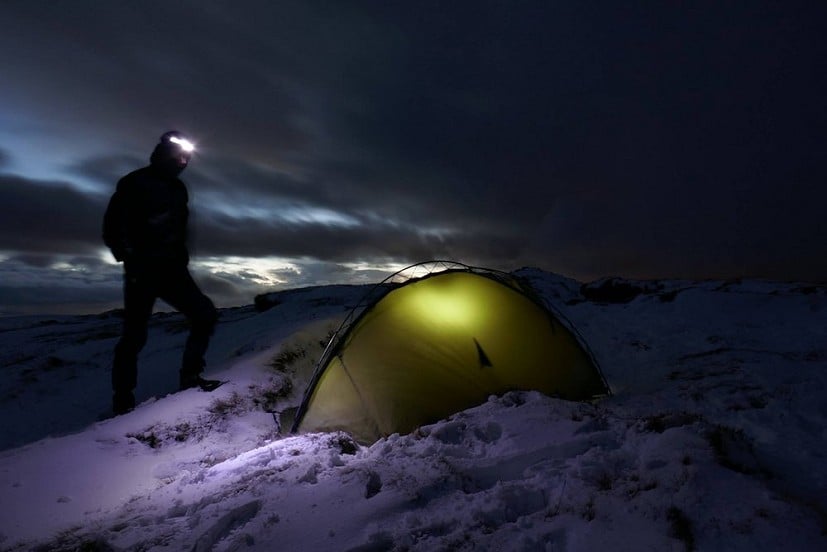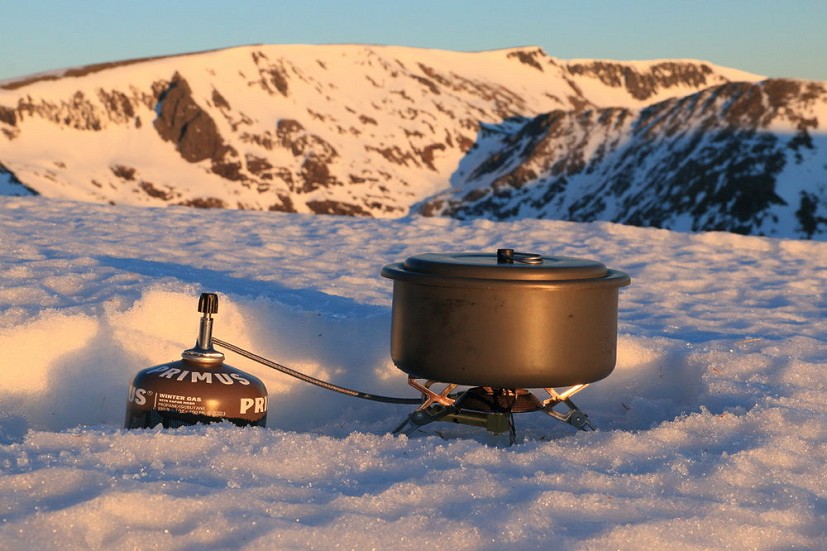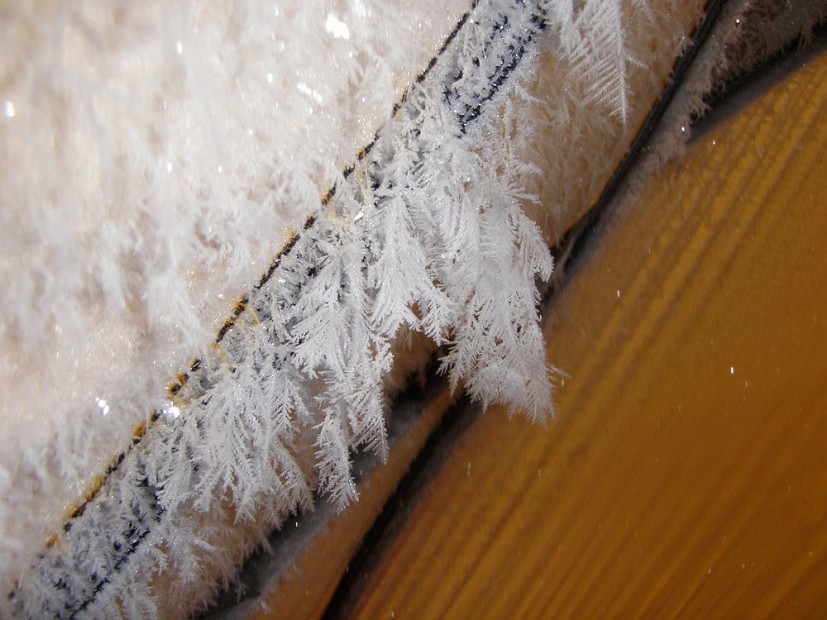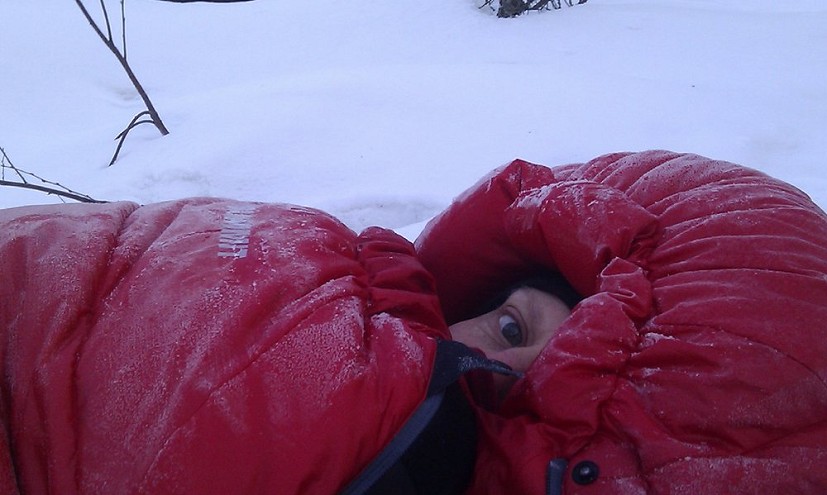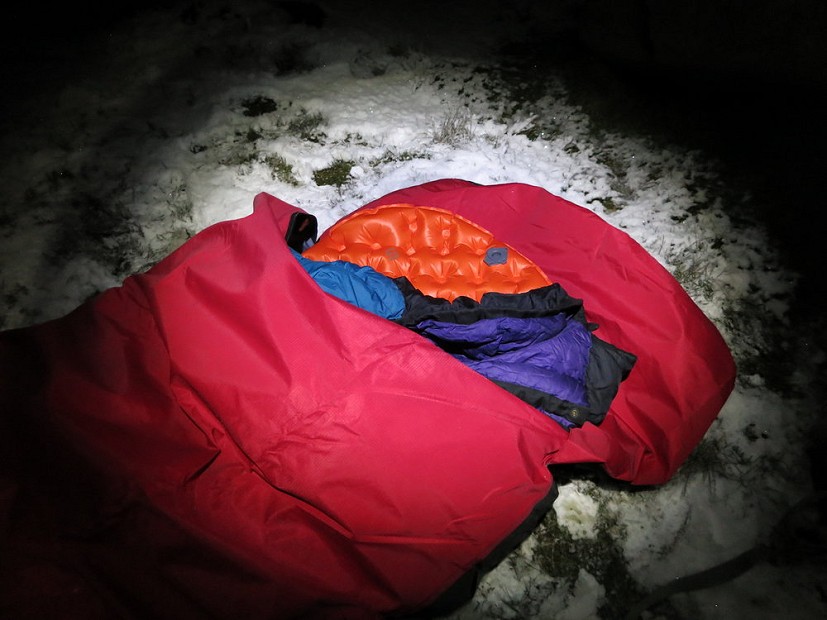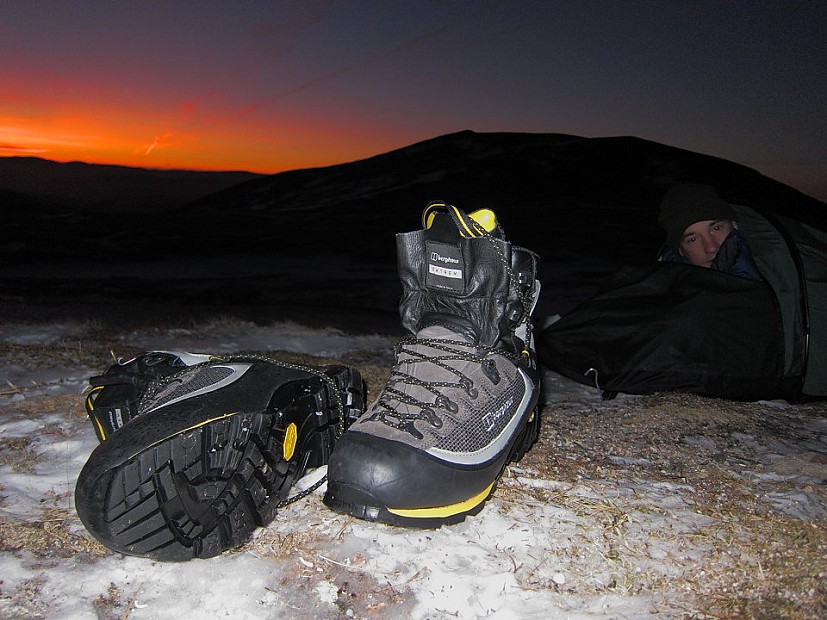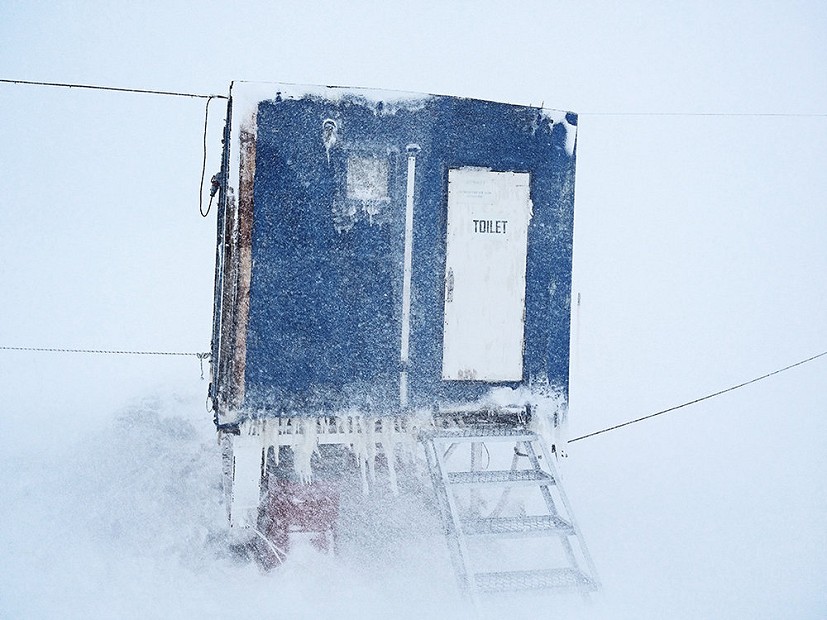Top Tips for Winter Camping
Low temperatures, stormy weather and deep snow make camping in winter a challenge. But with the right gear and a few key seasonal tricks and tactics, nights out in winter can be a whole lot more comfortable. Here's how:
Follow the forecast
If it's crystal clear with a light breeze, low winter temperatures are easy to live with; now's the time for that long-dreamed-of snowy summit camp. If only it was always this idyllic. At any time of year on the British hills the weather can make or break a camping trip, but never more so than in winter. Wind and precipitation are your chief enemies, and too much of either can make for an overnight experience ranging from miserable, through testing, to risky or even downright impossible. You might relish a challenge, but if the forecast is stormy it's no time to be camping up high. Perhaps you could still sensibly get out by aiming for a lower level spot, sheltered in the lee of the wind? Woods can be a good choice, for instance, so long as there's no risk of falling timber. Sometimes you have to accept when you're beat however, and when the weather gods are being truly fierce it may be best to postpone the planned camping trip for another time and head to a bothy or a hostel instead.
Pick your pitch with care
Half of the joy/hassle/challenge (delete as appropriate) of winter wild camping is finding a good place to settle in for the night. Here are a few obvious rules: It's easier done in daylight, so leave time in hand at the end of the walk for pitch hunting. A sheltered spot is clearly preferable to a wind tunnel, so check the map in advance for likely locations among bumps and hollows, or tucked away in a high corrie. Camping on snow can be colder than open ground - and particularly miserable if the temperature rises and your pitch turns to slush beneath you. If there's deep soft snow underfoot you can trample it down to make a firmer, more level pitch. Rising water levels can make riverside camping a bit dicey in the event of a thaw or a winter downpour. Lastly, and most importantly: If they are loaded with snow, it's possible that slopes above you could be at risk of avalanche; ensure you are placed out of potential harm's way.
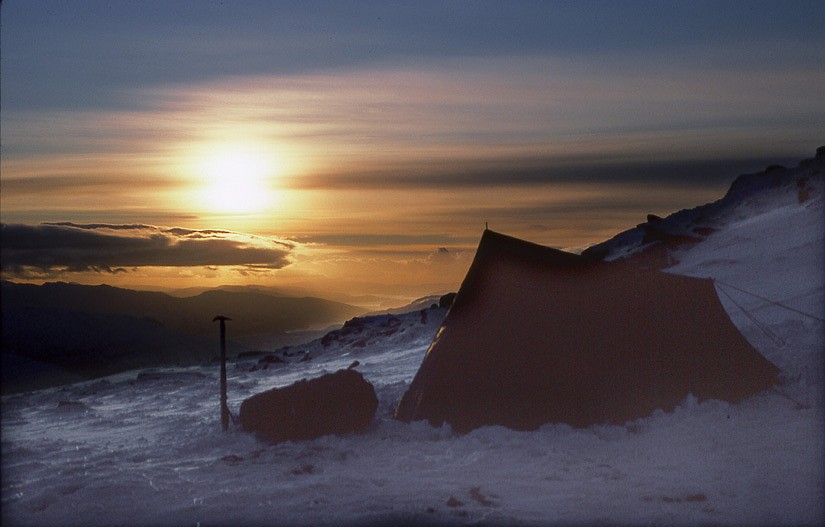
Make sure your shelter is suited to the conditions
With an absolute guarantee of calm high pressure conditions, winter campers might get by with a bare minimum such as a tarp, a lightweight tent or even a simple bivvy bag under the stars. But back in the real world... Picture the scene: it's late at night and you're camped miles from anywhere, when the storm hits. Soon your flimsy summer tent is bowing and buckling in the wind. What if the poles snap, or the flysheet shreds? Since a functioning shelter is a basic prerequisite for getting through a wild winter night, a tent rated for four season mountain use is a sensible investment. It's got to be built to withstand both high wind, and a weight of fresh fallen snow. An inner that has loads of ventilating mesh is clearly going to be breezier than one built more with winter in mind; this can make a big difference to the temperature inside. Even with a full 4-season tent, you may still have to get out in the night to tighten guylines or clear excess snow from the roof. Sturdy pegs that will take being hammered into frozen turf are clearly preferable to flimsy ultralight ones; and if you expect to be camping on snow, stakes that are wide enough to have some purchase are a worthwhile purchase too.
Adapt what you have to hand
If the weather is on the boisterous side, consider building little walls of stones or snow blocks to cut down on draughts under the flysheet (though do dismantle stone walls after you're done with them). If the ground is either too hard-frozen or too soft and snowy, weigh down key pegging points and guys with stones or snow. At a pinch, plastic bags full of snow can serve as an alternative to pegged anchors. You can also use ice axes and walking poles as extra large anchors in snow.
Bring a shovel
In addition to your usual winter hillwalking essentials, a collapsible snow shovel makes it easier to build snow walls, dig into drifts for shelter or clear snow from your chosen site. During particularly snowy spells, then, a collapsible snow shovel is well worth its modest weight. If it's a bit breezy for comfortable camping you could even consider building a snowhole instead, though it has to be said that in many cases the time and energy expended building one might be better used looking for a more sheltered place to pitch a tent!
Develop efficient systems
It's dusk, and blowing a hoolie - no time to be disgorging half the contents of your rucksack onto the damp ground in search of the tent. Make sure it is easily accessible in the pack. With fingers rapidly numbing and the inner fabric threatening to blow away, you realise belatedly that you're not that good at pitching this particular tent. It would have been better to make sure you were well practised at pitching it in a less testing setting first. Once the tent is up, don't sit about getting slowly chilled. Get the mat inflated straight away so that you have something insulated to sit on; get your stuff organised so that all the essentials are instantly to hand; get a warming brew on asap, and slip into the sleeping bag while you wait for it to boil.
Don't gas yourself or set fire to anything
In a small sealed space like a zipped-up tent or a snowhole, CO poisoning from cooking is a real hazard - people do die this way. Likewise, billowing tent fabric and open flames are a bad combination. If you can't site the stove safely outside, then cook - very carefully - in the porch, with the outer door at least partly unzipped for ventilation.
Stay dry
If you're out all day working hard in winter conditions, there's a good chance that some of your clothing will be damp by the time camp is made. Bringing some clothes to change into at night - even just a set of thermal top and bottoms and clean dry socks - can make all the difference to warmth and comfort overnight. In colder weather even the best-vented tent will suffer some condensation, so it's worth keeping spare clothing in a dry bag to make sure it doesn't get soggy. On multi-day trips it's worth using any dry sunny weather to air sleeping bags, since they may otherwise get fairly moist after several nights.
Pack a suitably rated sleeping bag
Travelling light can be a false economy in winter. When it comes to getting a good night's sleep, a sleeping bag that's up to the job is worth its weight in goose down. Most sleeping bags now come with a temperature rating, usually subdivided into the minimum temperature for comfort (worth paying attention to), and the absolute minimum (absolutely worth paying attention to). Check the forecast for the predicted overnight low, then give yourself a healthy margin on top of this to account for inaccuracies in the forecast, and the chilling effects of altitude and draughts. Remember too that we each have our own metabolism and can feel the cold very differently. Women generally sleep colder than men, for instance, and may need a warmer-rated sleeping bag to compensate.
Down insulation beats synthetic in terms of warmth-for-weight. While synthetic fill has the edge if it gets damp, a soggy sleeping bag is misery no matter what it's made of, so make sure it's packed in a dry bag and consider adding a waterproof bivvy bag on top if the weather is wild and wet. If you're spending more than one night out, a bivvy bag becomes increasingly useful to protect your sleeping bag from the cumulative effects of condensation.
Keep it zipped up and the hood on
Sleeping in a bag can be claustrophobic, and there's a temptation to remain partly unzipped. The problem, then, is waking in the early hours to realise how cold you've become. Even if it feels a bit close to begin with, it's better to start the night with the bag zipped right up and the hood pulled in snug around your face.
Don't forget a decent ground mat
First time winter campers often seem surprised - unpleasantly - by how much body heat is lost to the ground. But even those of us who do it regularly can be caught out, and it never hurts to remind yourself of the importance of insulation from below. An adequate sleeping bag is only half the battle. You've got to have a mat that's up to the job too, or it doesn't really matter how warm your bag is - you'll still suffer. Traditional closed cell foam mats tend not to be as warm as the modern breed of insulated inflatable mattresses. Many manufacturers now quote R-values and temperature ratings for their mats, which helps when picking a model suitable for the conditions you're expecting to encounter.
Layer up
You'll often hear it said that you should aim not to wear loads of clothing inside a sleeping bag. This is clearly nonsense. Of course you don't want to be wearing damp clothes, or putting on so much that you sweat, or inadvertently compress the insulation by adding too much bulk. But these extremes aside, more insulation = more warmth. So it's colder than you expected and your sleeping bag isn't, after all, quite up to the job? Give it a helping hand. Rather than shivering through the night, stick on a fleece and some trousers. Enlist your duvet jacket as an extra cover. A hat can work wonders too.
Dry your damp socks overnight
Cold and condensation make it pretty pointless hanging wet clothes in a tent overnight to dry. If you have a lot of sopping gear there's not much you can do about it when winter camping, but you can certainly take the edge off a pair of damp socks by sticking them down in the foot of your sleeping bag overnight.
Don't let footwear freeze
If they're left in the tent porch, boots that got wet during your day's walk in the snow can freeze solid overnight. Frozen footwear can be next to impossible to put on and lace up in the morning; so reduce the risk of this happening by bringing it inside the tent. Put boots in your bivvy bag if you're using one - they can make a pillow... of sorts.
Keep stuff warm in your sleeping bag
In the sub-zero overnight chill of a tent, water bottles can freeze closed (or even freeze up entirely), while anything electronic can suffer from drained batteries. Sharing body warmth with your torch, camera, phone and other essential gadgets is the best way to ensure they've still got plenty of power next day. Keep them in the sleeping bag. OK, a GPS unit is not the nicest thing you could cuddle up to at night, but if it gets you out of trouble the next day you can forgive its lumpy hardness.
Stay well hydrated and eat plenty
By the time you've ploughed miles through the snow and finally got the tent up you're likely to be tired and hungry. The trick now is not to chill out. Remember that you only get body heat out if you put fuel in. You've been burning calories hard all day - and you may get through several thousand on a really tough winter trip. Your body is steadily consuming more calories just staying warm in the tent; and you don't have the luxury of retiring to the cosy centrally heated indoors; in this situation it is doubly important to get the food in. Start with a steaming mug of soup or hot chocolate, sipped through chapped lips while the stove gets down to the main event. Now have a big calorie-rich dinner before retiring for the night. Bring extra cakes, chocolate or biscuits too; there will never be a more valid excuse.
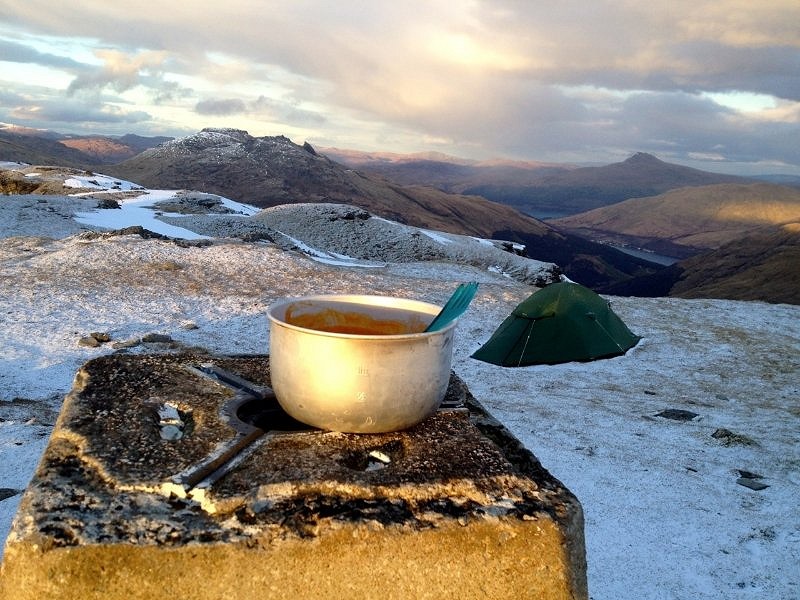
Pee when you need to
We've all done it: you wake in the middle of the night bursting for a pee. But it's freezing outside the sleeping bag, so instead of grasping the nettle straight away you try to hold it in. Several hours of broken sleep later, you eventually have to bow to the inevitable - as you always knew you would. Far better to have just gone as soon as the need arose. In the worst weather, a pee bottle is worth considering, making it unnecessary to exit the tent in the night at all. Even women can use them, with practise. Make sure it is a wide mouthed bottle, though, and be sure there's no way to confuse it with your drinking water!


